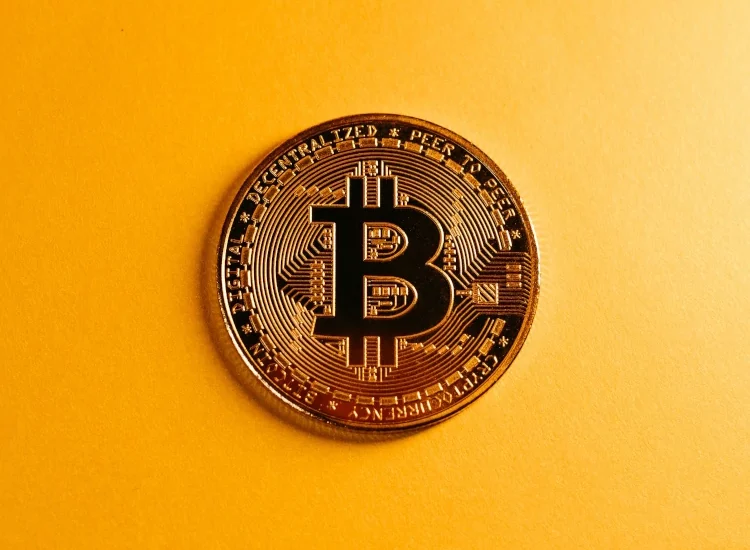Since its inception, Bitcoin has disrupted traditional finance. Its decentralization, security, and transparency have won the hearts of many. A unique aspect of Bitcoin is its finite supply, capped at 21 million coins. To ensure this limit, the Bitcoin network undergoes a mechanism known as Bitcoin Halving.
The Mechanics of Bitcoin Halving
To understand Bitcoin Halving, it’s essential first to grasp Bitcoin mining. Miners validate transactions and add them to the blockchain. In return, they receive a block reward in Bitcoin. However, this reward doesn’t remain constant. Every 210,000 blocks, approximately every four years, this process takes place. This event cuts the block reward in half, thus, the name.
Bitcoin Halving aims to control Bitcoin’s supply, following a deflationary model. Bitcoin’s creator, Satoshi Nakamoto, introduced this mechanism to mimic gold mining, which becomes harder over time. The first halving in 2012 reduced the block reward from 50 to 25 bitcoins. The second and third halvings further cut this to 12.5 and then 6.25 bitcoins.
The Significance
The Bitcoin Halving impacts the Bitcoin network and the broader crypto market in several ways.
Supply and Demand. Firstly, this process effectively slows the rate at which new bitcoins enter circulation. This limited supply can lead to increased demand, assuming constant or growing interest in Bitcoin.
Market Speculation. Secondly, Bitcoin Halving often triggers market speculation. Many investors buy bitcoins in anticipation of price increases, leading to a speculative bull run.
Miner Incentives. Thirdly, for miners, it can initially be less profitable. The reward for their computational work is reduced. However, if prices rise in response to the halving, the mining reward’s value can be maintained or even increased.
Bitcoin Halving: The Future Impact
Predicting the precise impact of future Bitcoin Halvings is challenging. It relies on numerous variables, such as market demand, mining technology, and regulatory changes. Nevertheless, the past halvings have shown increased price stability and market maturity.
Additionally, as Bitcoin continues to halve, block rewards will eventually become negligible. At that point, transaction fees will become the primary incentive for miners. This shift could lead to changes in the mining landscape and Bitcoin’s overall network security.
In conclusion, this process is a fundamental part of the Bitcoin protocol. It’s a mechanism that ensures Bitcoin’s scarcity, a trait that has largely contributed to its appeal and value. As halvings continue, their impact will likely shape the Bitcoin landscape in ways that are hard to predict, but always fascinating to observe. Bitcoin Halving serves as a reminder of the innovative and experimental nature of cryptocurrencies, and their potential to reshape our understanding of money.
